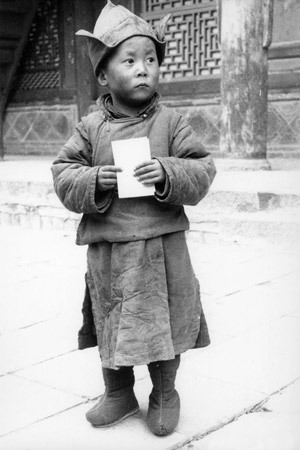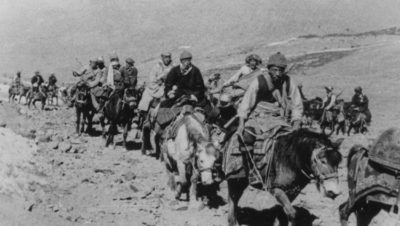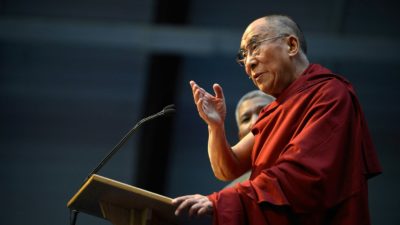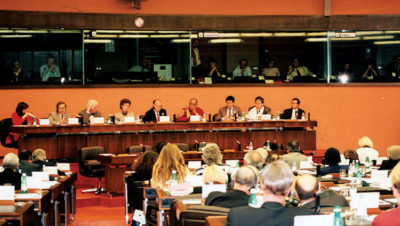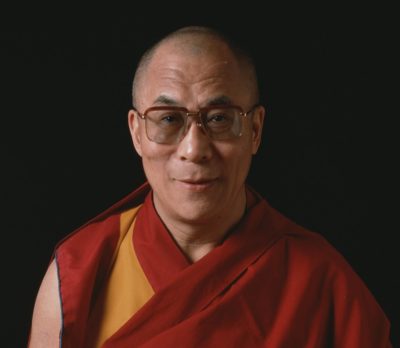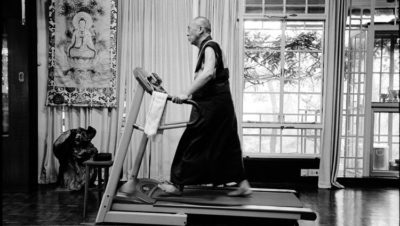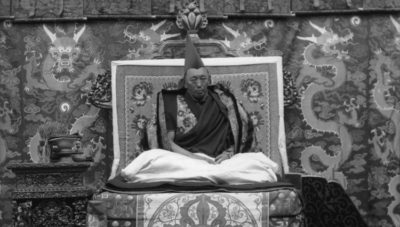
On October 17, 2007 His Holiness the Dalai Lama accepted the Congressional Gold Medal, America’s most distinguished civilian award.
The Dalai Lama: A Long Life Lived for All
Why is the Dalai Lama an inspiration to so many people of such diverse backgrounds? Roshi Joan Halifax explains.
In 1979, for His Holiness the Dalai Lama’s first-ever visit to the United States, the Episcopal priest James Morton invited him to the Cathedral of Saint John the Divine in New York City. The cathedral that day was full, not just with Westerners, but also with Tibetans who had fled their country, escaping the violence of the invasion by the Chinese Red Guard. They, like His Holiness, had survived. They’d made their way to relative safety, and they were hungry for the teachings of the religious leader of their country, a fellow refugee. Continue reading
